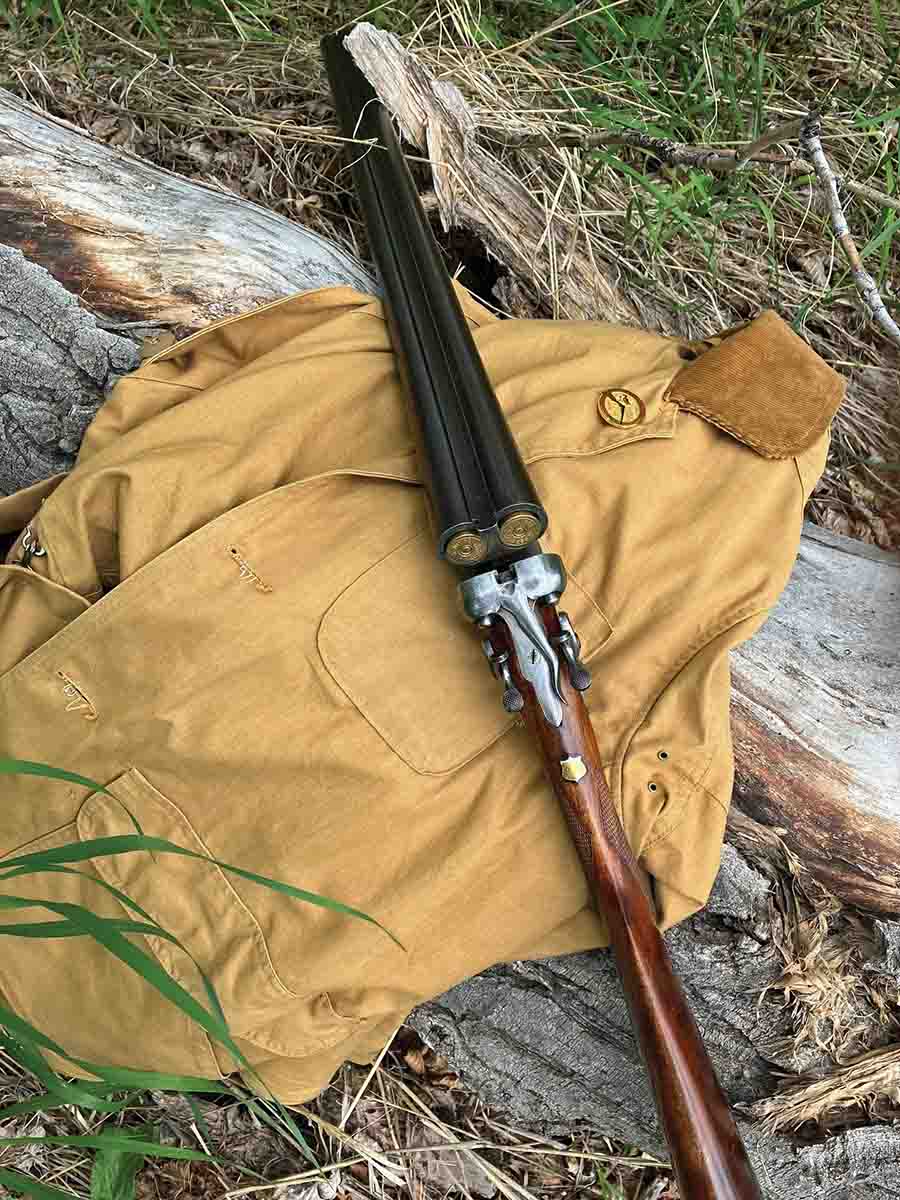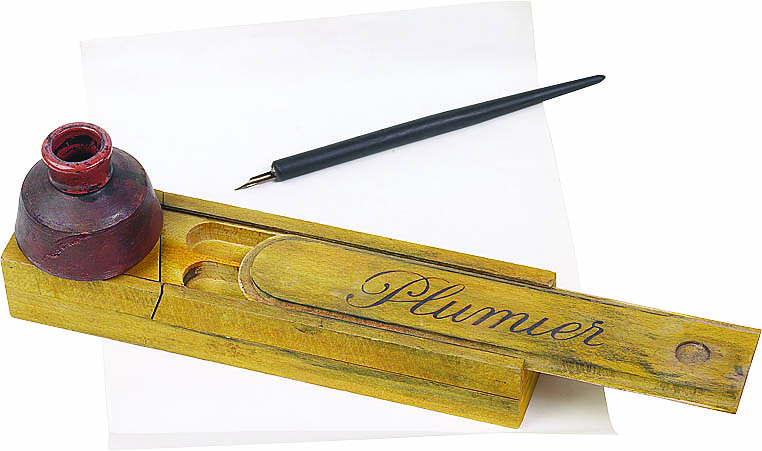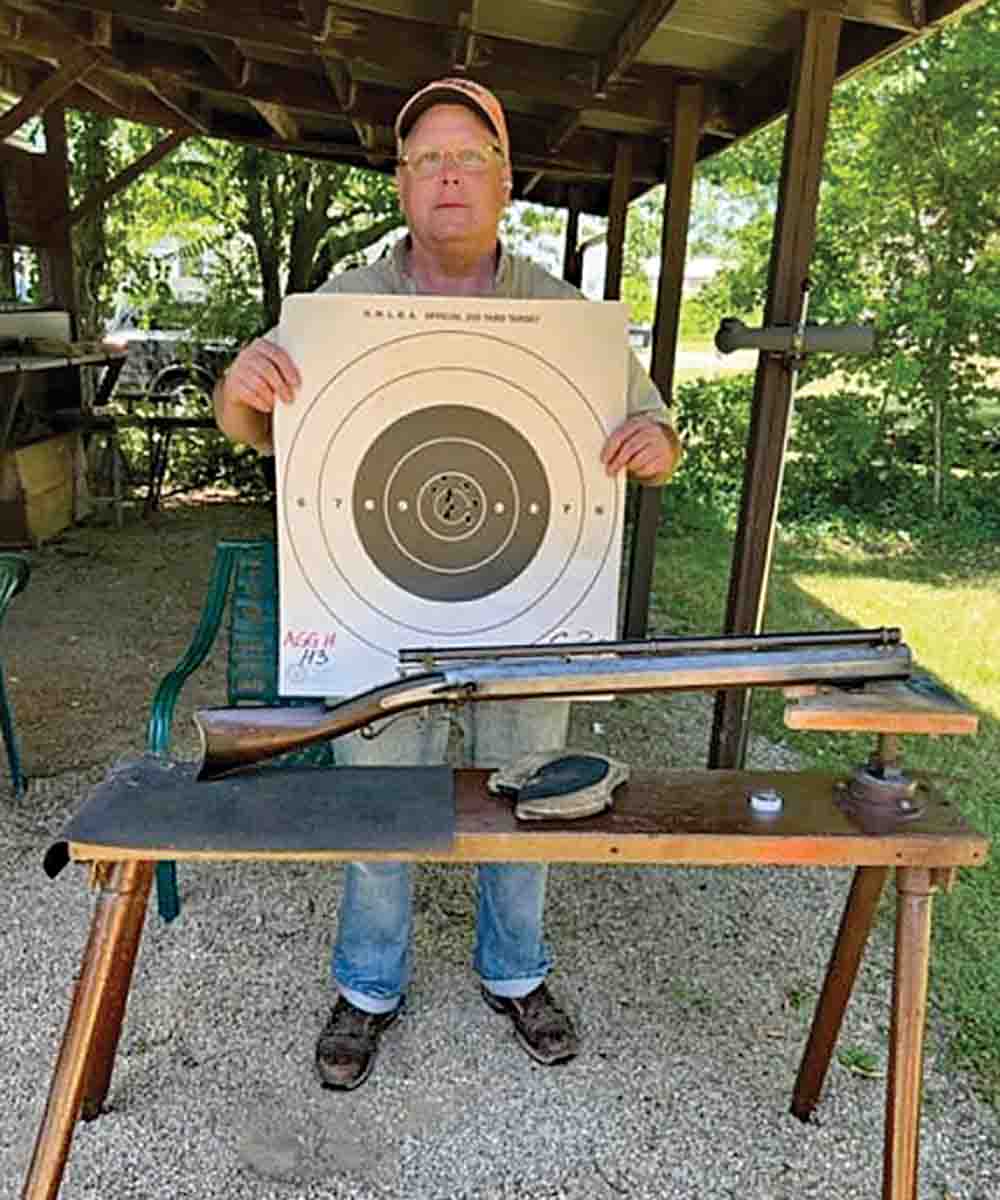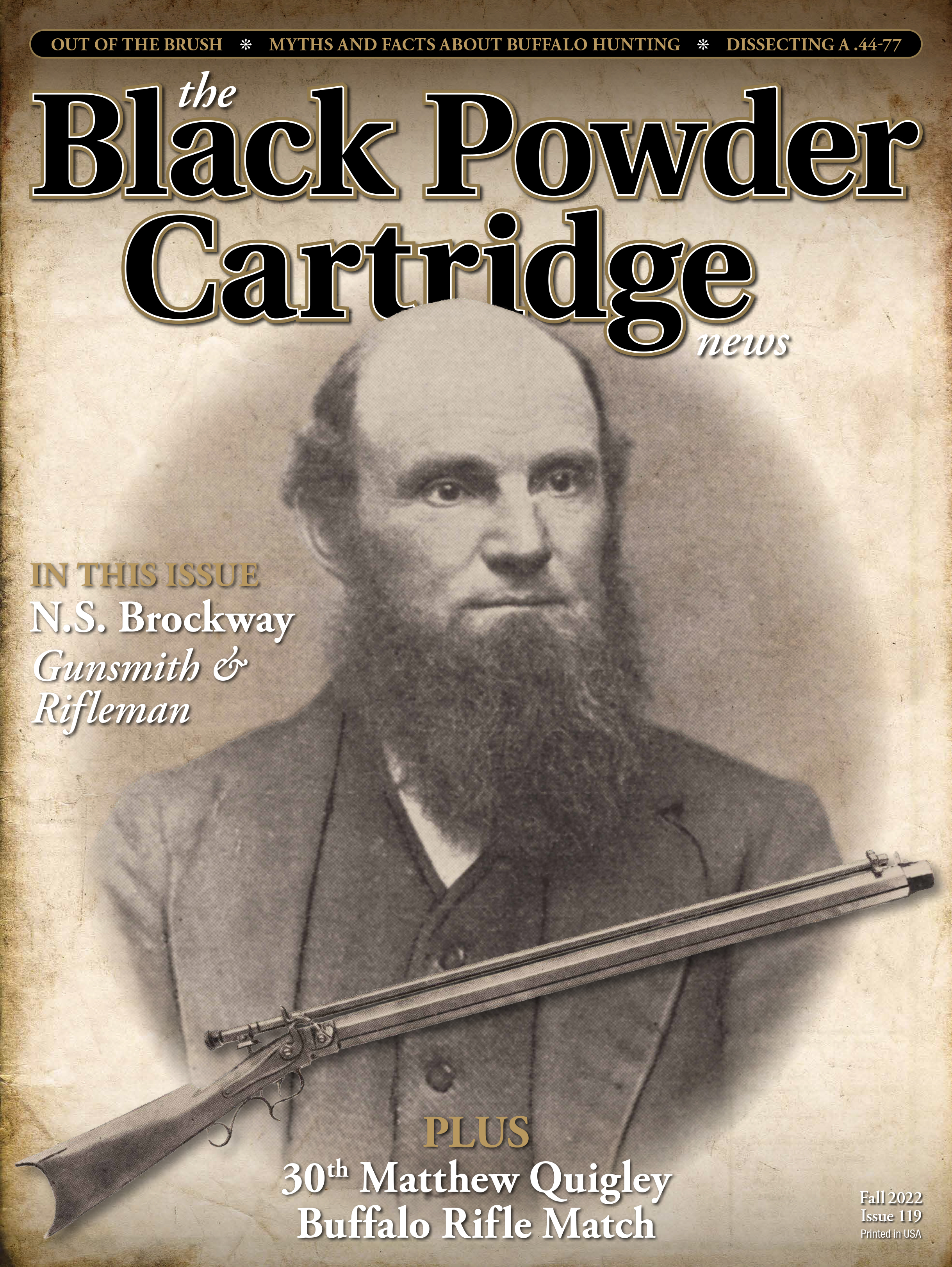Letters from Readers
column By: Staff | August, 22

Carry Technique for Hammer Doubles
Dear Editor,

With the opening of upland bird season (grouse) here in Montana less than two months away, I thought I would share some information with your readers about the handling of vintage hammer double shotguns. This information is nothing I can take credit for, as it has been passed down through generations. The trouble is that, in the case of old hammer shotguns, they have laid dormant for well over 100 years, and along with the dormant guns, the technology surrounding these firearms has also disappeared. Like everything, “Old is New Again,” today, these hammer double guns have seen a resurgence of interest and popularity, probably because they look really cool, and have a “Hollywood romance” surrounding them. The films concerning the OK Corral, with Kevin Costner and Val Kilmer shooting it out with “The Cowboys” and using their hammer doubles are legendary. The simple fact is, in the “Old West,” a hammer double 10-gauge shotgun was one of the most effective and feared weapons carried by the people that settled the West. The articles I have read, penned by the buffalo hunters that were there, documented that most of them carried a shotgun in the wagon, to be used when things became up close and personal. It also provided a welcome change of diet.
I have read and listened to many people today that explain how to cock the hammers on the “jump” of a covey of birds. This practice is extremely dangerous and unnecessary! A far easier, safer, and traditional method is to carry the gun loaded, hammers cocked, and the BREECH OPEN! The gun is carried in a normal fashion with your trigger hand on the grip, and your offhand on the forearm. When the bird “jumps,” simply bring the gun to your shoulder, the barrels automatically close, and you are in business. As they say, “easy-peasy,” and much safer.
I have enclosed a picture of the breech of my Parker double 10-bore that illustrates the loaded, cocked, and breech-open procedure discussed above. This Parker was built in 1888, and has the “latest” features and improvements of a Parker gun, including the fishtail lever. The fishtail lever obviously allows the opening of the gun with the right-hand barrel cocked. The hammer guns I have handled allow this opening without the fishtail lever. However, Wilbur Parker was building, arguably, the finest American-made shotgun, and the graceful fishtail lever became a signature of the Parker hammer gun.
I hope this procedure will prove helpful and safer to your readers who are taking vintage double hammer guns afield. My chocolate lab “Turbo” and I will be heading into the aspen draws of the Absaroka Mountains on opening morning with the old Parker, hunting ruffed and blue grouse. It seems like only yesterday, that I was hunting sage grouse around Oregon Butte in Wyoming, with a black powder double shotgun some 60 years ago.
– “Honest Lon” Morris
Roberts, Montana

H.V. Perry Rifle Still Winning Matches
Dear Editor,

Those of us at the Canal Fulton Ramrod Club (Ohio) were pleased that a former president, Bill Brown, showed up to shoot our Fourth of July match with his magnificent .56 caliber H.V. Perry side-hammer slug rifle. Bill had given the old rifle a well-deserved rest for about 20 years, but dusted it off to shoot at Canal Fulton. It obviously still remembered how to “put them in the middle” and won the 200-yard match with a 100-5X.
H.V. Perry was one of our nation’s finest makers of the precision slug rifle and Bill’s rifle is an excellent example of Perry’s work. Built in the late nineteenth-century and mentioned in the Warner/Lowe notes, the rifle weighs 35 pounds and the Remington Cast Steel barrel is .56 caliber with a 1:18 uniform right-hand twist. The false muzzle was fitted by L.N. Walker before it left the Remington shop. The grooves are .0025 deep and there are 18 of them. The rifle was charged with 160 grains of circa-1998 GOEX Cartridge powder, a one-piece pure lead bullet weighing 977 grains patched with two-strip airmail paper patch lubed with neat’s-foot oil. The rifle is loaded with the pressure of one finger after the bullet clears the choke in the barrel.
The rifle was wiped after each shot with one damp patch and one dry patch. The charges were thrown straight from the can and no wad was used. The nipple was heated-treated stainless steel as the rifle destroys the typical platinum-lined nipples. CCI No. 11 caps were used for ignition.
The scope was a 9x made by Larry Thompson, with the rear mount adjustable for elevation and the front mount adjustable for windage. Conditions were gusty winds of moderate force and very predictable; the light was good.
For more information on the Canal Fulton matches and club, go to canal-fulton-ramrod.webs.com for more information.


